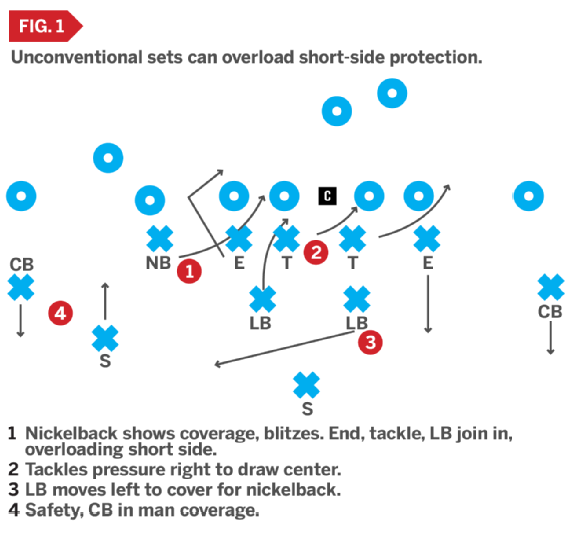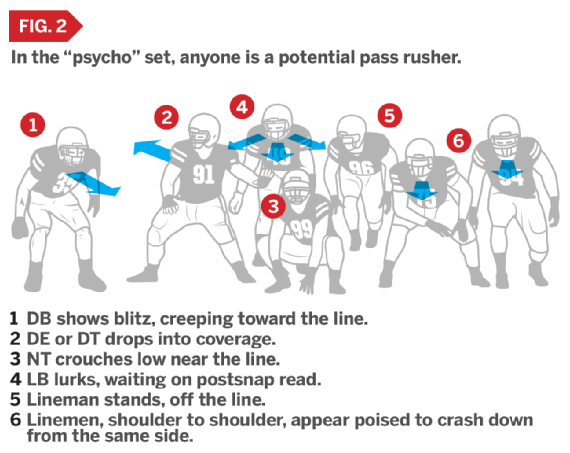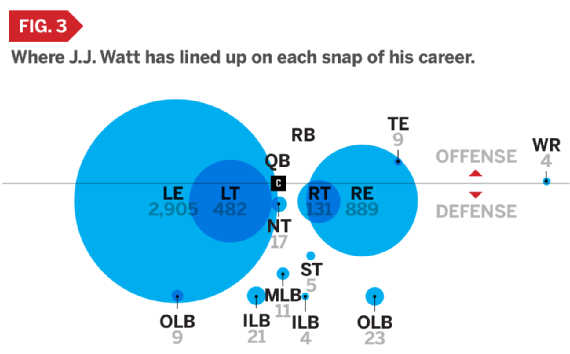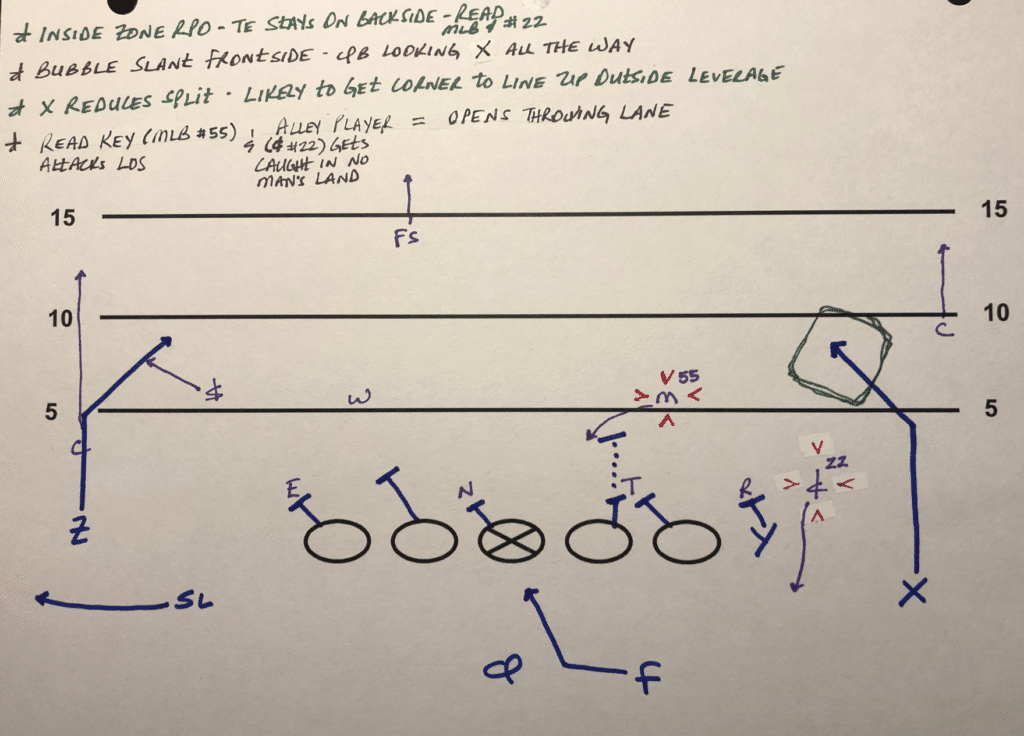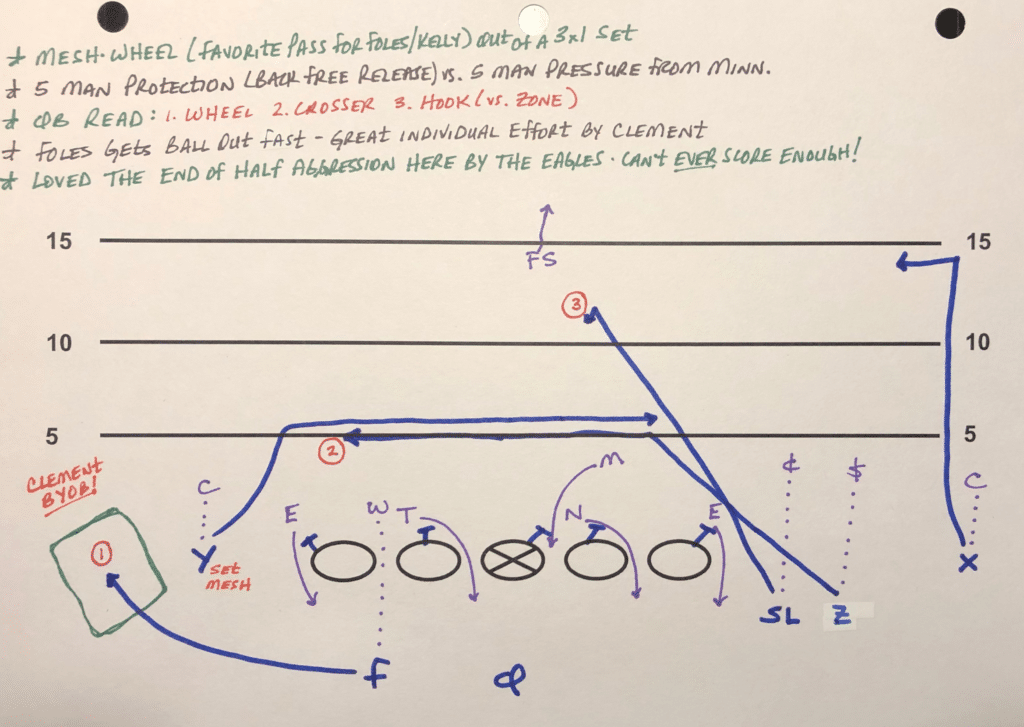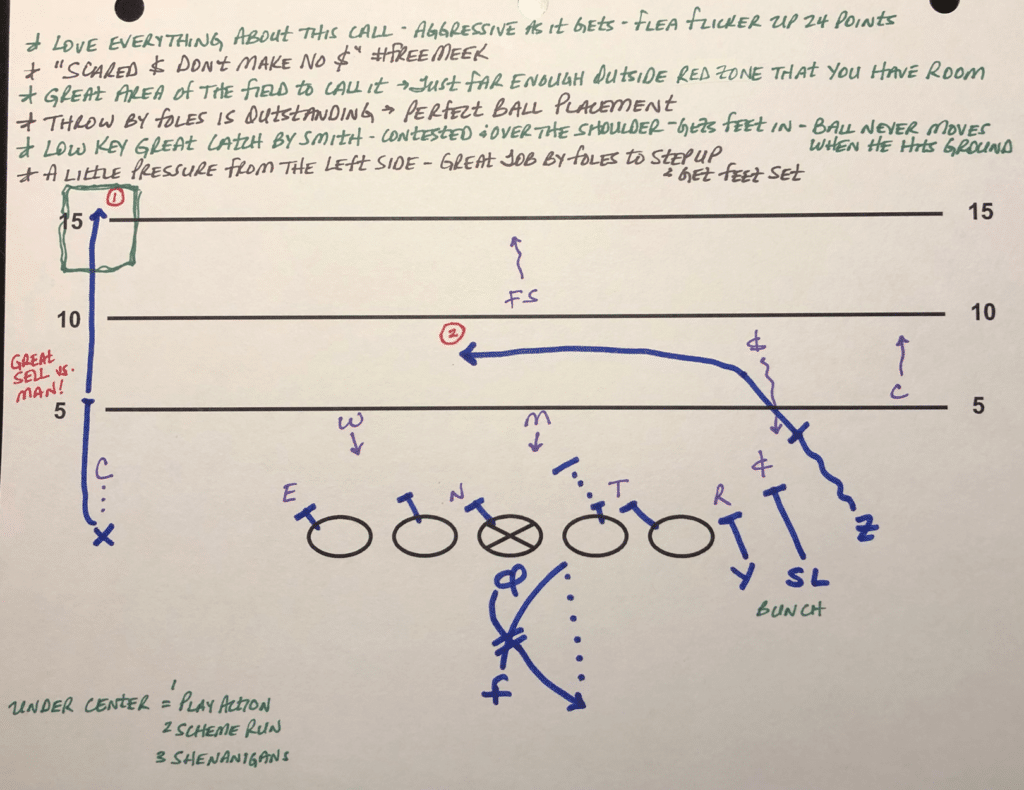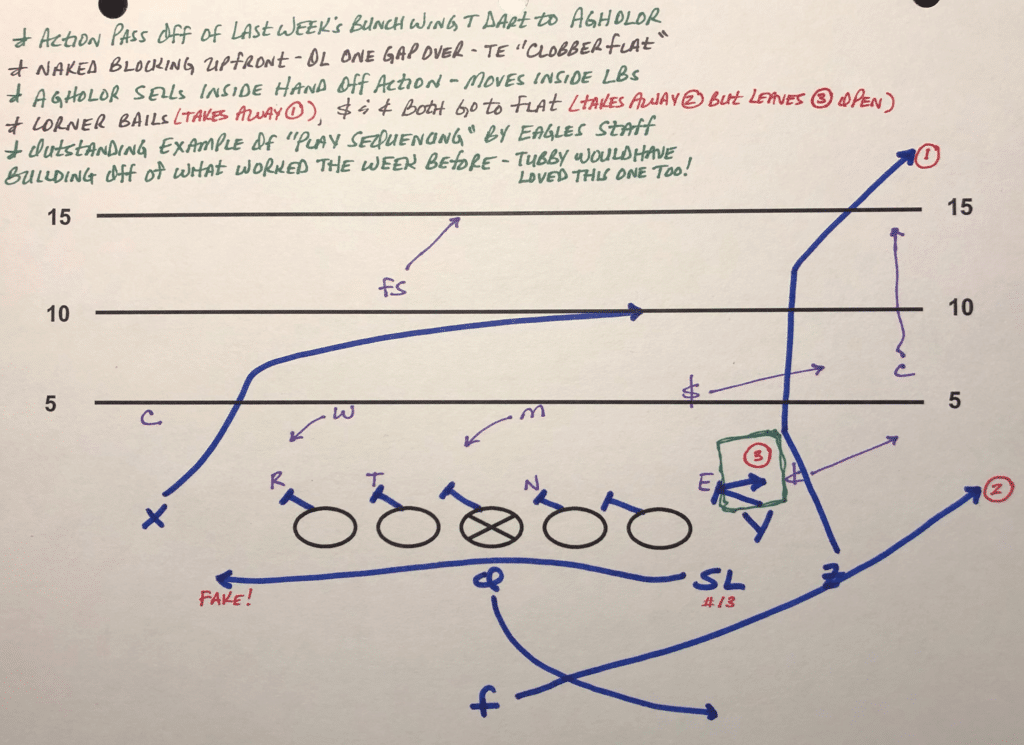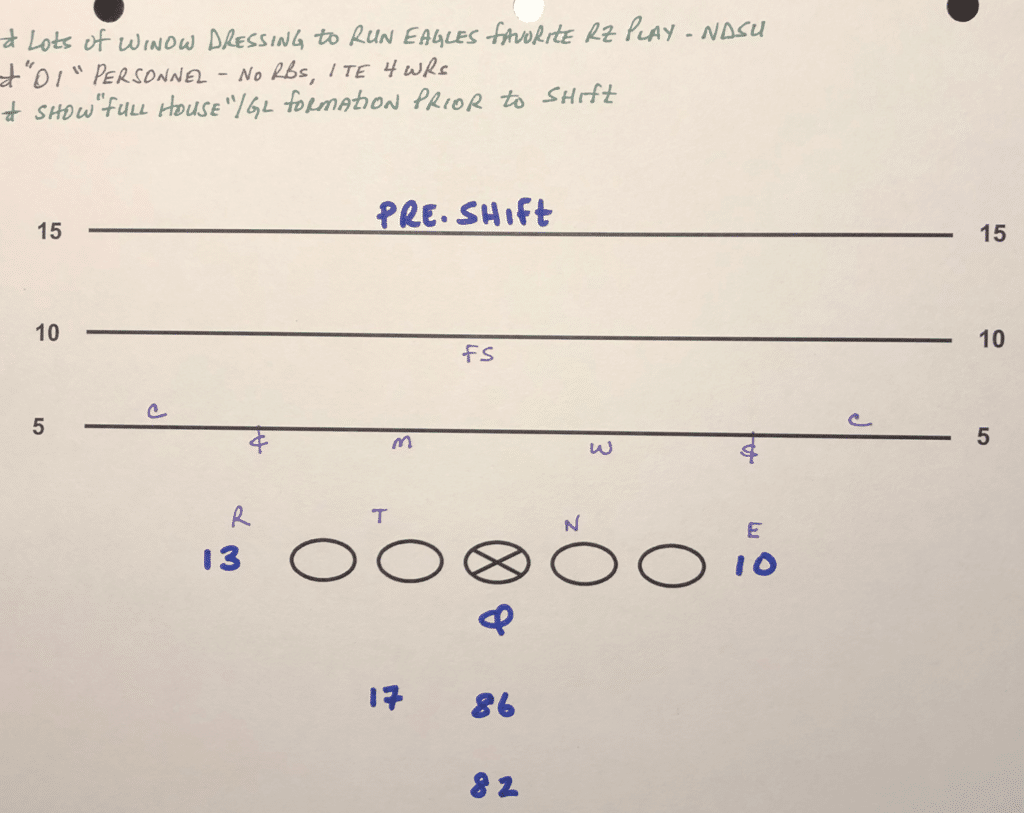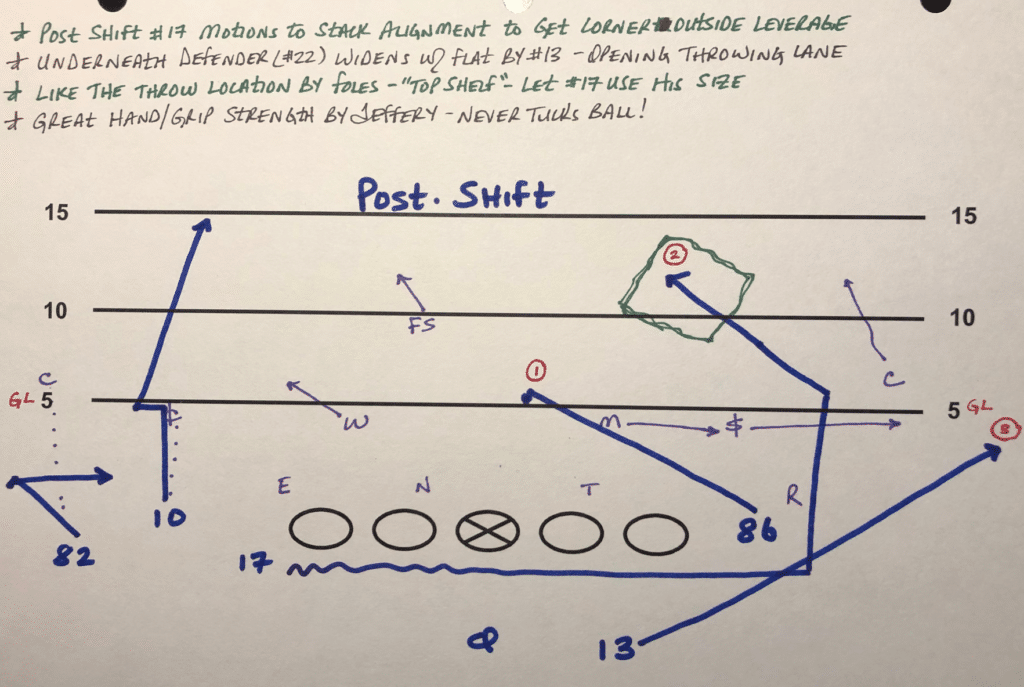For those that like football, and can read:
http://smartfootball.com/book#sthash.z28JvF5u.TE9iTwOs.dpbs
Have not read it yet but his last book was really good. Probably appeals to alot of the Aussie nfl fans that dont know why teams run cover 3 or other schemes, given that 95% of us have never played a down of organised gridiron.
http://smartfootball.com/book#sthash.z28JvF5u.TE9iTwOs.dpbs
Have not read it yet but his last book was really good. Probably appeals to alot of the Aussie nfl fans that dont know why teams run cover 3 or other schemes, given that 95% of us have never played a down of organised gridiron.



